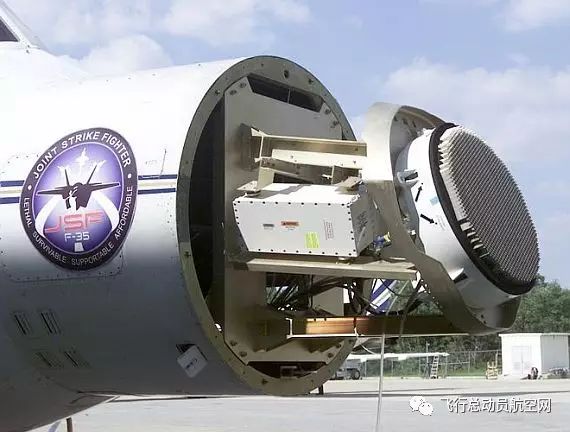


According to news from the Aviation Network: Experts in aviation sensors from the United States Marine Corps are collaborating with radar signal processing specialists from Colorado Engineering Company in Colorado Springs to design an advanced embedded computer to upgrade the radar system of the Lockheed Martin F-35 Lightning II Joint Strike Fighter.
Officials from the Naval Air Station in Lakehurst, New Jersey, announced last week that a $3 million contract was confirmed with Colorado Engineering Company to design, manufacture, and test a Graphics Processing Unit (GPU) to support the processor infrastructure upgrade for the F-35’s Block 4 radar.
The F-35 Block 4 upgrade plan will include adding a wide-area high-resolution Synthetic Aperture Radar (SAR) mode to the Northrop Grumman APG-81 Active Electronically Scanned Array (AESA) radar. The F-35 Block 4 upgrade will be implemented in two phases: 4A in 2021 and Block 4B in 2023.
The so-called “large SAR” capability for future versions of the F-35 will be able to display a high-definition radar image covering a large area, enhancing the F-35’s reconnaissance and targeting capabilities.
The F-35 Block 4 upgrade plan will also include enhancements to the electro-optical targeting system, as well as new weapons such as long-range air-to-air missiles and small diameter bombs.
General-purpose Graphics Processing Units (GPGPUs) are becoming the cornerstone of digital signal processing in aerospace and defense applications, such as radar and sonar signal processing, image processing, hyperspectral sensor imaging, signal intelligence, electronic warfare, and persistent surveillance.
GPGPUs began to be used over the past decade for graphics processing engines targeted at high-end computer gaming, but in recent years, GPGPUs have become powerful large-scale parallel processors. They are suitable for complex floating-point processing and are easy to program for a wide range of military embedded systems.
Today, the major designers of GPGPU chips in the United States are NVIDIA Corporation in Santa Clara, California, and Advanced Micro Devices Inc. (AMD) in Sunnyvale, California.
Colorado Research Company specializes in complex circuit board design for military, industrial, and commercial applications, as well as expertise in the OpenCL software language commonly used for programming GPGPU chips.
Among its partners, Colorado Research Department includes GPGPU designers NVIDIA and AMD, as well as high-performance general processor manufacturers Intel Corporation and Texas Instruments.
Trivia: General-purpose Graphics Processing Units (GPGPUs) may represent the most transformative leap in computing power for aerospace and defense applications in decades. GPGPU chips can contain hundreds of independent processing cores. These cores were initially designed for rendering complex images and later for large-scale parallel computing. Today, they are considered artificial intelligence engines, with each processing core capable of simulating a neuron in the human brain to provide machine learning.
